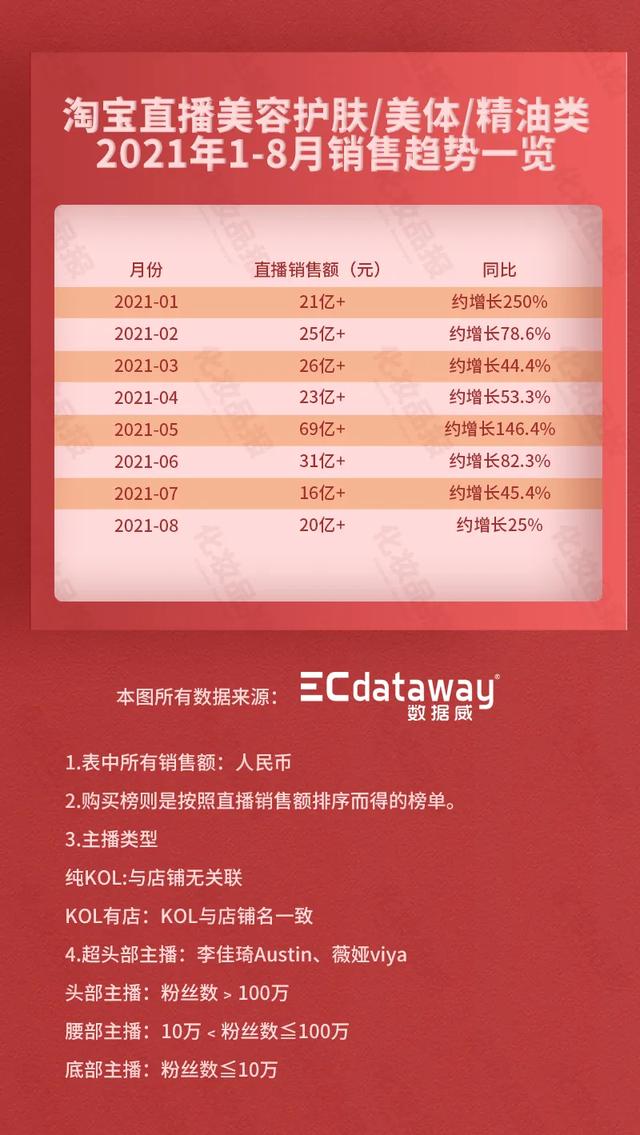简单句:主谓,主谓宾,主谓双宾,主谓宾补,主系表
动词:Vi Vt 系动词
系动词:
1.be 单独使用
2.get become turn go grow “变得”
3.look sound smell taste feel "看/听/闻/尝/感觉起来······”
4.keep remain seem appear prove
谓语时态变化
时: 过去 现在 将来 过去将来
态:一般 进行 完成 完成进行
一般现在时第三人称单数:it 、he 、she 、可数名词的单数 、 不可数名词
一般将来时:表示现在的将来,will do will be+形容词 am/is/are+going to do am/is/are+going to be +形容词
过去将来:站在过去看之后的事,would do was/were+going to do 常与过去时一起使用。
现在进行时:am/is/are+doing
过去进行时:was/were+doing
将来进行时:will be doing
过去完成时:过去的之前 had done
现在完成时:现在的之前 have/has done 强调对现在有影响
将来完成时:将来的之前 will have done
现在完成进行时:have/has been doing 强调过程,持续
形容词(平级,比较级,最高级)修饰名词、代词
副词修饰其他成分:动词、形容词、副词、整个句子
介词短语:介词+名词/代词/动名词 介宾结构
同位语:解释说明前面的名词,说的同一个
标志: ,同位语, ——同位语 :同位语
插入语:补充突然想到的
1.主谓结构作插入语 ,插入语,
2.副词作插入语 ,however, ,more broadly,
3.介词短语作插入语 ,for example, ,such as....,
并列句:多个简单句+并列连词 多件事一样重要
并列连词:
1.顺接: and both...and... not only....but
2.转折: but yet(但是) while(然而) whereas(然而)
3.选择: or either...or.... neither...nor...
4.因果: so for(因为,由于)
并列句的省略:通常省略主语,和相同的并列连词。
复合句:主句+n个从句 多件事不一样重要
1.名词性从句:
宾语从句(用一个句子作宾语): 谓语动词+从句 谓语动词+人+从句 介词+从句 形容词+从句 非谓语动词+从句 谓语动词+it+宾补+从句
表语从句(用一个句子作表语):谓语系动词+从句 非谓语系动词+从句
主语从句(用一个句子作主语):从句+谓语动词 it+谓语动词+从句 “是否”只能用whether
It + is/was + done + 主语从句:表达人们对一件事的观点看法 done是表示观点看法的动词
It + is/was + adj./n. + 主语从句:表达对一件事的评价
同位语从句(用一个句子作同位语): 作主语的抽象名词 +从句 作宾语的抽象名词+从句
:idea,opinion,fact,evidence,question,doubt,reason,theory,belief,possibility,chance,hope,contention,
guarantee......
2.定语从句:句子作定语修饰名词 名词+从句 这里that做成分
3.状语从句:句子作状语 主句+从属连词(不作成分)+完整陈述句
时间状语从句:
常用引导词
when(在…时) He looked aside when I spoke to him. 我对他说话的时候,他向旁边看。
as(当…时,随着...) As autumn advances the days close in and the hours of light become fewer and fewer随着秋天的推移,白昼越来越短,光照时间也越来越少。
while(在…期间) The boy dozed off while his mother was reading to him. 男孩的妈妈念书给他听时,他打起瞌睡来了。
as soon as(一……就……) As soon as one season is over you are choosing fabrics for the next, so make sure you have time to think about your ideas. 一个季节即将结束时,你就要为下一个季节选择面料了,这样以确保你有足够的时间去构思自己的创意。
before(在…之前) You have to reflect on how to answer his questions before you get to his house. 在你到达他家之前你必须考虑好如何回答他提出的问题。
after(在...之后)After you left, we all missed you. 你走了以后,我们都很想你。
since(自从...以来) His family has been on relief (ever) since he died. 自他去世后,他的家属一直靠救济过日子。
not...until(直到…才)
until/till(直到…时)等
特殊引导词:
the minute,
the moment,
the second,
every time,
the day,
the instant( 瞬间,顷刻),
immediately ,
directly(不久,立即),
no sooner … than(一...就...),
hardly …when(刚一...就...) ,
scarcely … when(刚...就.../一...就...)。
地点状语从句:where,wherever, anywhere, everywhere
条件状语从句:常用引导词:if, unless(除非),whether(whether...or not)是否,
特殊引导词:
as/so long as(只要)
only if(只要....就)
providing/provided that(假如)
supposing that(假如)
in case(万一,假使)
on condition that(条件是)
原因状语从句:常用引导词:because, since(因为), as,
特殊引导词:
now that(既然)
in that(既然)
seeing that(鉴于)
considering that(考虑到)
given that(考虑到)
in as much as(因为)
in so much as(因为)During lunch time, I have abundant meal with my friend, in so much as our main dish is meat and fast food, so we bring some vegetable and fruit to here.
在午餐时间,我们有一个丰盛午餐,平时肉类与快餐是主食,因此我们还特意带来了蔬菜和水果。
for不是状语从句的连词
结果状语从句:
such...(名词)that... so...(形容词/副词)that... : 太.....所以.......
so that: 所以=so
such that
to the degree that 在某种程度上
to the extent that 达到……的程度
The shortage do not exist to the extent that you report.
短缺并未严重到你报道的那种程度。
to such a degree that 到了这样的程度以至于
to such an extent tha t到了这样的程度以至于
Her condition got worse, to such a degree that we had to institutionalize her.
她的情形极度恶化,我们不得不把她送进精神病院
目的状语从句:
常用引导词:
so that 后面句子有情态动词 目的是......
in order that 后面句子有情态动词 目的是......
特殊引导词:
lest We gave them bread, lest they should starve. 我们给他们面包,以免他们饿死。
in case
for fear that 以免
in the hope that 希望能…
on purpose that 目的是……
for the purpose of : For the purpose of this exercise, the default workspace is acceptable.
为了练习的目的可以使用默认的工作空间。
to the end that 为……起见
让步状语从句(明让步,暗转折):
though ,although , even though ,even if while 尽管....但是....
-ever
比较状语从句:than:和....相比 as far as:和...一样
方式状语从句:as: 就像....一样 as if:似乎好像 the way

主谓倒装:
全部倒装:
被强调的部分(形容词,介词短语等)+全部谓语+主语
There be+n.+介词短语
部分倒装:have/has,助动词,情态动词提前+主语+剩下的谓语
1.否定副词或否定词组位于句首
2.only位于句首
3.虚拟条件句省略if
强调:(在指代人的时候可以用who,that 。形容词和动词不能被强调)
It is +被强调部分+ that +句子余下部分 强调现在或将来
It was +被强调部分+ that +句子余下部分 强调过去
虚拟(非真实):通过改变动词时态来表达虚拟
if虚拟条件句 :从句往前推,主句四加一,将来同现在(从句 多了should do 和 were to do)
if从句 主句
假设过去 had done would/could/should/might+have done
假设现在 did(were) would/could/should/might+do
假设将来 did(were) would/could/should/might+do
were to do
should do
名词性从句的虚拟:
主句出现表示“建议,命令,要求”时,从句要虚拟,谓语动词用(should)+动词原形
长难句:
断开:
逗号 ”,“:要与连接词一起连接句子
冒号 ”:“ :表示进一步的解释说明,不需要连接词就能接句子
分号 ”;“:表示同等并列关系,不需要连接词就能接句子
连接词:从句开始于连接词,结束于标点或下一个连接词或第二个谓语动词前
分析主谓:由于连接词的省略 主谓+主谓(从句) 主+主谓(从句)+谓
简化: 1.定位谓语动词,确定几件事 2.去修饰(修饰各种成分的形容词、副词、介词短语、非谓语、同位语、插入语) ,找核心 (主谓宾表补)
分裂结构:
1.插入式:同位语,插入语 状语从句
2.从句往后移:It形式主语(或形式宾语) 被动语态:如evidence was found that......
嵌套结构:断开 内—外 外—内
平行结构:( 并列连词可以省略 “;”并列 )
1.名词(词组)的平行并列
2.动词的平行并列(谓语动词、非谓语动词)
3.介词短语的平行并列
4.句子的平行并列








